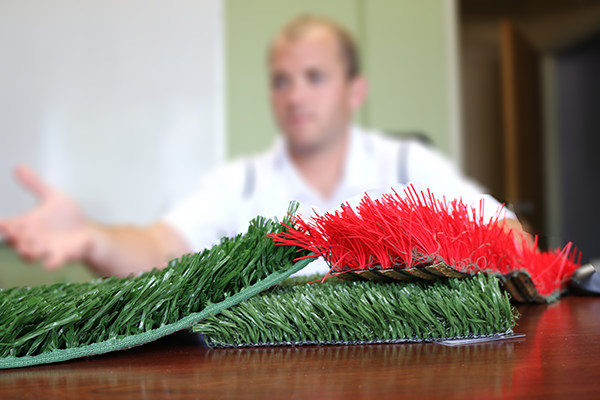First down: Decide if synthetic turf is right for your school.
Consider your ongoing maintenance costs, the amount of use your field receives and the importance of an all-weather, durable playing surface. Synthetic turf is often more expensive on the front-end, but it can stand up to a lot more playing time and isn’t dependent on the weather. It also opens the door for other programs to use the facility.
2. Determine funding and select an architect, engineer or both.
Is your focus the field or the surrounding buildings? The answer may dictate who you want to guide you through the process. An architect will design the buildings and above ground structures, but an engineer can help you create a master plan, examine the best location for your field, and plan the field itself. Hint: Stormwater detention is one of the biggest hidden costs, so be sure to engage an engineer early.
3. Begin the Pre-Design Process
Ideally, this is where you make all the big decisions about your goals and long-term-objectives. An experienced architect or engineer can help you make decisions such as selecting the right turf, planning for drainage, or planning for future additions. In nearly every project there is some prioritization to make sure all your goals are met while still fitting within your budget. This is best done on the front end.
4. Design the field
If your goals, objectives and budget are set early, this step will be much easier. This is where the architect or engineer will get down into all the fine details to help the builder deliver a better, more complete product.
5. Construction
Determine who will conduct construction administration to make sure things are done right. Weekly or bi-weekly meetings can help you stay in the loop.
And that’s it. Now you have a brand new field. Contact Sportworks Design to learn more.


Leave a comment